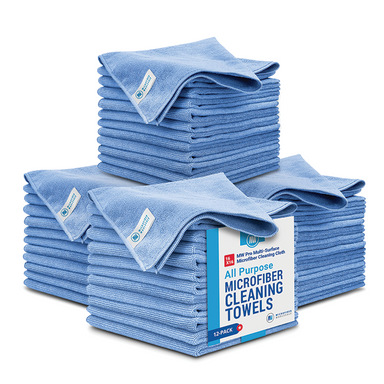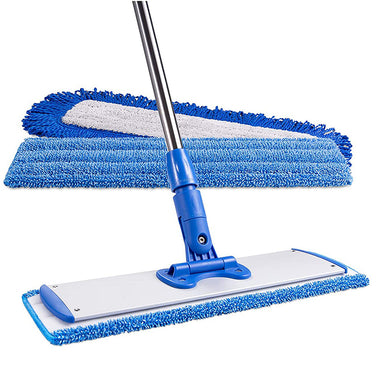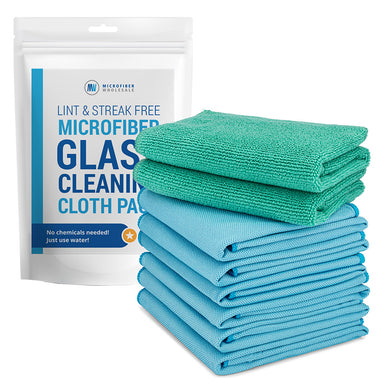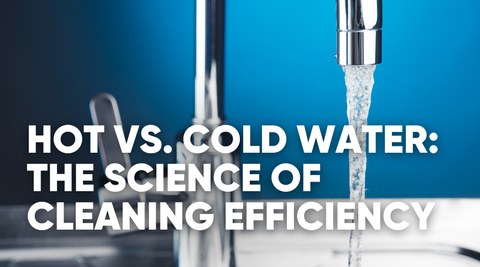1. Pumice Stones on Sensitive Surfaces
Pumice stones can be a powerful tool for removing hard water stains, mineral buildup, and rust, particularly in toilets and on uncoated porcelain. When used properly, they deliver quick, visible results without the need for harsh chemicals.
But they’re also one of the most frequently misused tools in professional cleaning. It’s easy to forget how abrasive pumice can be, and using it on the wrong surface can lead to permanent damage.
Misuse Risk:
Applying pumice to fiberglass, plastic, ceramic tile, enamel-coated fixtures, or glossy finishes can result in deep scratches, surface dulling, or irreversible wear.
Correct Use:
-
Use only on hard, durable surfaces like uncoated porcelain or cast iron.
-
Always wet both the stone and the surface thoroughly before scrubbing. This reduces abrasion and makes the tool more effective.
-
Never use pumice on soft, coated, or decorative finishes unless the manufacturer explicitly states it's safe.

















